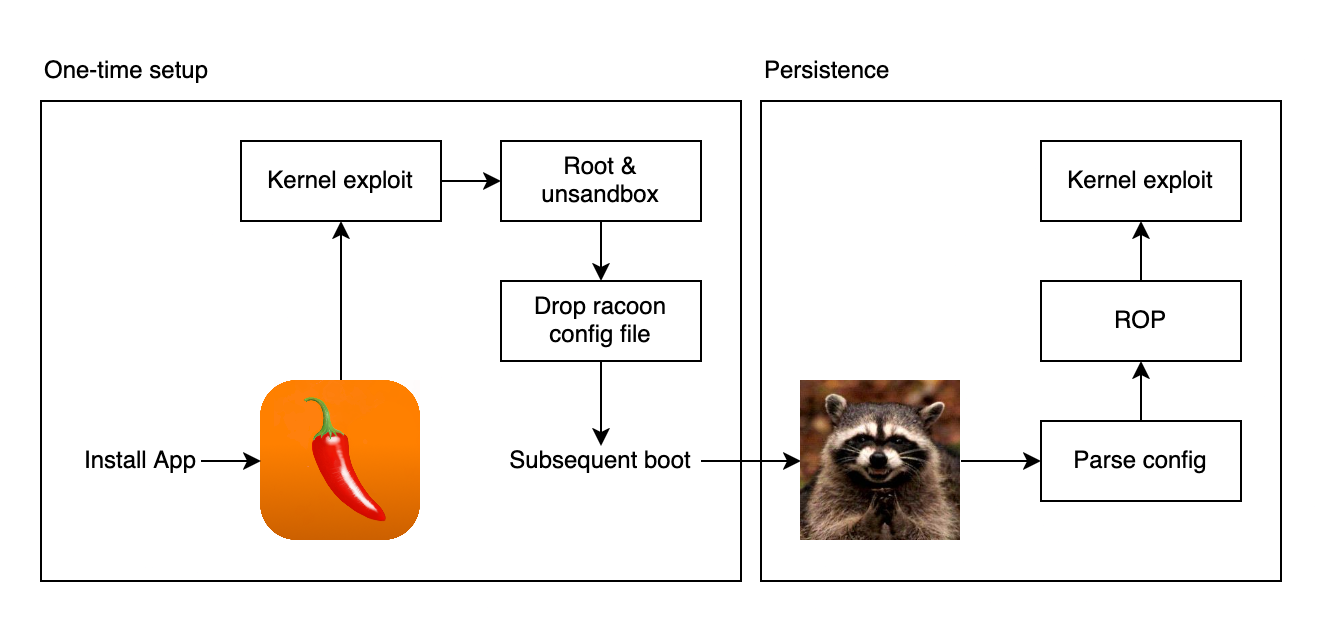Pivoting From Tax Cuts to Tariffs, Trump Ignores Economic Warning Signs


One day after House Republicans approved an expensive package of tax cuts that rattled financial markets, President Trump pivoted back to his other signature policy priority, unveiling a battery of tariff threats that further spooked investors and raised the prospects of higher prices on American consumers.
For a president who has fashioned himself as a shrewd steward of the economy, the decision to escalate his global trade war on Friday appeared curious and costly. It capped off a week that saw Mr. Trump ignore repeated warnings that his agenda could worsen the nation’s debt, harm many of his own voters, hurt the finances of low-income families and contribute far less in growth than the White House contends.
The tepid market response to the president’s economic policy approach did little to sway Mr. Trump, who chose on Friday to revive the uncertainty that has kept businesses and consumers on edge. The president threatened 50 percent tariffs on the European Union, and a 25 percent tariff on Apple. Other tech companies, he said, could face the same rate.
Since taking office, Mr. Trump has raced to enact his economic vision, aiming to pair generous tax cuts with sweeping deregulation that he says will expand America’s economy. He has fashioned his steep, worldwide tariffs as a political cudgel that will raise money, encourage more domestic manufacturing and improve U.S. trade relationships.
But for many of his signature policies to succeed, Mr. Trump will have to prove investors wrong, particularly those who lend money to the government by buying its debt.
So far, bond markets are not buying his approach. Where Mr. Trump sees a “golden age" of growth, investors see an agenda that comes with more debt, higher borrowing costs, inflation and an economic slowdown. Investors who once viewed government debt as a relatively risk-free investment are now demanding that the United States pay much more to those who lend America money.
That is on top of businesses, including Walmart, that say they may have to raise prices as a result of the president’s global trade war. The onslaught of policy changes has also left the Federal Reserve frozen in place, unsure as to when the economy will call for lower interest rates in the face of persistent uncertainty. As a result, borrowing costs for mortgages, car loans and credit cards remain onerous for Americans.
Still, Mr. Trump continues to proclaim that his policies will bring prosperity. This week, the White House released data showing that its tax cuts could increase U.S. output as much as 5.2 percent in the short term, compared with the gains it would have achieved if the bill is not adopted. The administration has stood largely alone in offering such rosy predictions about the effects of Mr. Trump’s policies on businesses, average workers and the nation’s fiscal future.
In report after report, economists this week predicted that Mr. Trump’s signature tax package could add well over $3 trillion to the national debt. Some found that the measure is unlikely to deliver substantial economic growth, and could enrich the wealthiest Americans while harming the poorest, millions of whom could soon lose access to federal aid for food and health insurance.
The tax cuts are largely an extension of ones that Congress passed in 2017, meaning that few taxpayers will see an increase to their after-tax income. In fact, some might see their financial situation deteriorate: Many of the lowest earners may even see about $1,300 less on average under the Republican bill in 2030, according to the nonpartisan Penn Wharton Budget Model, which factored in the proposed cuts to federal safety-net programs.
Facing an onslaught of red flags and dour reports, the White House has remained bullish.
“I think folks have cried wolf a lot,” Stephen Miran, the chairman of the president’s Council of Economic Advisers, said in an interview, stressing that Mr. Trump’s agenda would “grow the economy.”
In the past, investors and businesses might have rejoiced over Mr. Trump’s grand proclamations about lowering taxes, reducing regulations and opening access to foreign markets. But the most common reaction this week was concern over Mr. Trump’s sclerotic approach, which has renewed fears that the economy could enter a prolonged period of pain.
“It’s possible that you’re going to get a big benefit to growth, but the costs are so obvious and so clear that I think it’s hard to put a lot of faith in that at the moment,” said Eric Winograd, an economist at the investment firm AllianceBernstein.
By most metrics, Mr. Trump inherited a solid economy. Layoffs were low when he took office, and have stayed that way, helping to keep the unemployment rate stable. And consumers, even amid elevated prices, continued to spend apace.
Four months into his second term, however, there are signs that the economy is beginning to come under greater strain, in what experts worry is a prelude to a more substantive slowdown. While economists do not expect the economy to tip fully into a recession, they say Mr. Trump’s tariffs in particular have raised the odds of a downturn, as both businesses and consumers begin to cut back.
Many of the president’s allies maintain that Mr. Trump is doing exactly as he promised during the 2024 presidential campaign, acting out of a belief that his vision can spur robust economic growth. In doing so, that can help to create jobs, raise wages and generate the sort of activity that can lessen the nation’s fiscal imbalance, said Stephen Moore, a conservative economist who served as one of Mr. Trump’s advisers during his first term.
“So many of these problems are the result of low growth,” Mr. Moore said of the economy. Mr. Trump is aiming to get growth back up to 3 percent, Mr. Moore added.
But the administration has at times ignored a steady stream of data suggesting its policies may not deliver those gains.
The disparity between vision and reality became apparent Thursday as House Republicans voted to advance a bill that would extend the set of tax cuts enacted in the president’s first term. The measure also included Mr. Trump’s campaign promises to eliminate taxes on tips and overtime pay.
An analysis released Thursday by the Joint Committee on Taxation, a nonpartisan advisory arm of Congress, found that the new Republican measure may raise the average rate of growth in U.S. output by only 0.03 percentage points compared with current expectations through 2034. The finding cast doubt on the administration’s long-held assertion that economic activity can help to lower the deficit. The joint committee also said the president’s tax package could add $3.7 trillion to the nation’s debt over the next decade.
Mr. Miran maintained on Friday that congressional analysts and others had underestimated the effects of Mr. Trump’s initial tax cuts, and had done the same this year.
“Better tax policy creates better economic growth, and better economic growth creates better revenue,” he said.
Focusing on the debt, Kevin Hassett, the director of the White House National Economic Council, said on Fox News on Thursday that there was “a lot of spending reduction in this bill,” adding that the Trump administration would seek additional savings as the bill moved through the Senate.
The prospect of a worsening fiscal imbalance prompted Moody’s Ratings just last week to downgrade the U.S. credit rating, citing Republican tax cuts and the proclivity of past G.O.P. administrations to spend. Party lawmakers swiftly rejected the finding, but bond markets took notice, sending yields on longer-term U.S. debt higher. Soft demand at an auction of 20-year Treasuries on Wednesday gave markets another jolt, pushing up bond yields and weighing on U.S. stocks.
Mr. Trump sent markets into another tailspin on Friday as he abruptly shifted his attention to tariffs. He attacked the European Union and threatened to raise tariffs on its exports to a flat rate of 50 percent. He signaled a mixed appetite for negotiations, telling reporters in the Oval Office: “I don’t know. We’re going to see what happens.”
The president also took aim at Apple, signaling he would impose a 25 percent import tax on iPhones, months after his administration relaxed some of its trade policies to aid tech giants. Mr. Trump later suggested his new tariffs might also apply to Samsung.
The S&P 500 fell nearly a percentage point on Friday and pushed the U.S. dollar lower against a basket of its peers. Many from Washington to Wall Street yet again scrambled to decipher Mr. Trump’s intentions — and sort out the extent to which the president is serious, bluffing or set to walk back his policies again.
Some businesses have forecast price increases as a result of Mr. Trump’s tariff threats. A report this week from Allianz found that many businesses are trying to push the added tariff costs onto suppliers or consumers, with roughly half of its survey respondents saying they may increase prices.
The potential for rising prices while growth is slowing poses a unique challenge for the Fed and its voting members, forcing them to reconcile with conflicting missions — a goal to pursue low, stable inflation, and a desire to sustain a healthy labor market.
“The bar for me is a little higher for action in any direction while we’re waiting to get some clarity,” Austan Goolsbee, the president of the Chicago Fed and a voting member on this year’s rate-setting committee, told CNBC on Friday.
Mr. Goolsbee recalled a recent exchange with the chief executive of a construction business, who said: “We’re now in a put-your-pencils-down moment.” Businesses, Mr. Goolsbee said, now “have to wait if every week or every month or every day there’s going to be a new major announcement.”
“They just can’t take action until some of those things are resolved,” he added.
What's Your Reaction?
 Like
0
Like
0
 Dislike
0
Dislike
0
 Love
0
Love
0
 Funny
0
Funny
0
 Angry
0
Angry
0
 Sad
0
Sad
0
 Wow
0
Wow
0








































